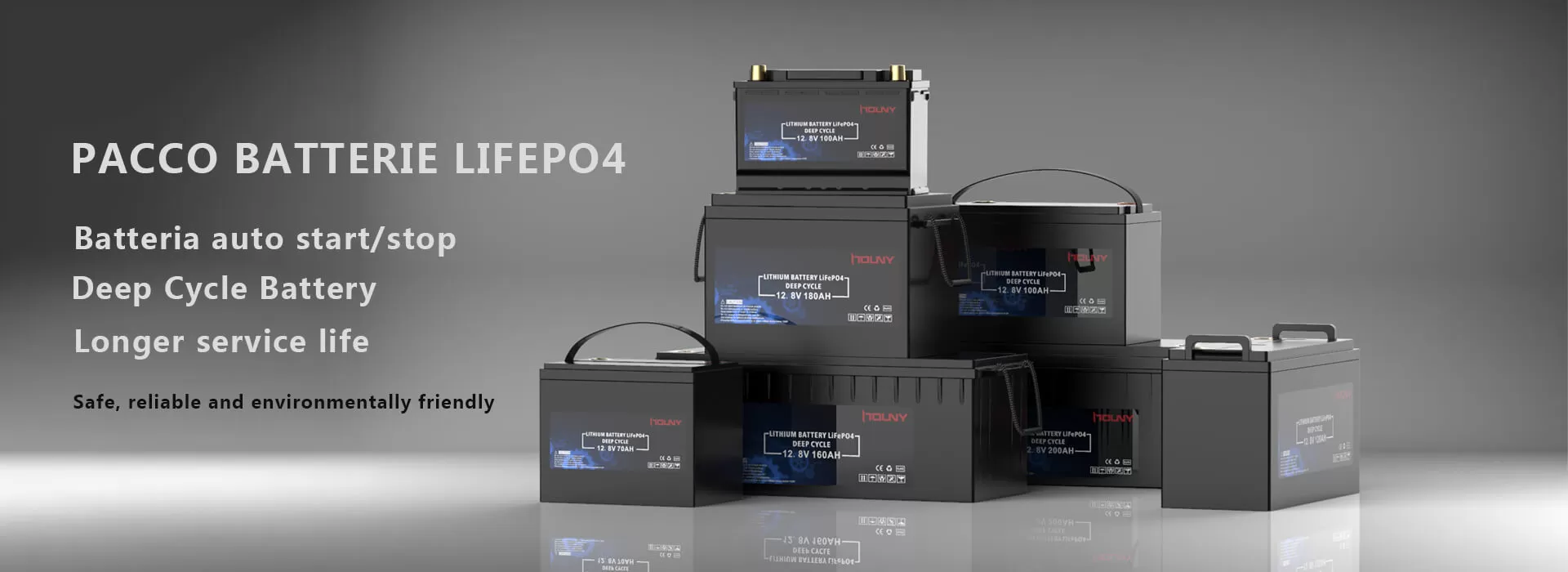Power stations, whether they are conventional fossil-fuel plants, renewable energy facilities, or portable power stations, represent significant investments. The cost of a power station is influenced by various factors, including performance, reliability, and the underlying technology. Houny, a leading manufacturer of lithium battery solutions, emphasizes the importance of these factors in determining the overall cost and value of power stations. This article explores how performance and reliability impact the cost of power stations and why they are critical considerations for investors and operators.
Efficiency is a crucial determinant of a power station's cost. Higher efficiency means that more of the input energy is converted into usable electricity, reducing fuel costs and improving overall cost-effectiveness.
Thermal Efficiency: For fossil-fuel power stations, thermal efficiency measures how well the plant converts heat from fuel into electricity.
Conversion Efficiency: For renewable energy power stations, this metric measures the effectiveness of converting natural resources (like sunlight or wind) into electrical power.
The output capacity, or the maximum power a station can produce, directly influences its cost. Higher capacity stations require more substantial investments in infrastructure and technology.
Installed Capacity: The total potential output of the power station, typically measured in megawatts (MW).
Scalability: The ability to increase capacity over time can also affect initial costs and long-term value.
Reliability refers to the power station's ability to operate continuously without frequent breakdowns or maintenance issues. High reliability reduces operational disruptions and maintenance costs, which is crucial for long-term cost management.
Mean Time Between Failures (MTBF): A key metric indicating the average time between breakdowns.
Redundancy Systems: Incorporating backup systems to ensure continuous operation during maintenance or minor failures.
The expected lifespan of a power station influences its cost. Stations with longer lifespans provide better return on investment (ROI) over time, despite potentially higher upfront costs.
Design Life: The number of years the power station is expected to operate effectively.
Lifecycle Costs: Includes not just the initial construction and installation costs but also ongoing operation and maintenance expenses.

The integration of advanced technology can improve both performance and reliability, but it often comes at a higher initial cost.
Smart Grid Integration: Enhances efficiency and reliability through better load management and fault detection.
Automation and Control Systems: Reduce human error and increase operational efficiency.
For renewable power stations, technological advancements in solar panels, wind turbines, and battery storage significantly impact performance and reliability, affecting overall costs.
High-Efficiency Solar Panels: Convert more sunlight into electricity, reducing space and cost requirements.
Advanced Wind Turbines: Designed for higher efficiency and durability, even in extreme weather conditions.
Higher efficiency reduces the cost per kilowatt-hour of electricity generated, making the power station more cost-effective over its operational life.
Fuel Savings: More efficient power stations use less fuel to generate the same amount of electricity, leading to significant cost savings.
Lower Emissions: Improved efficiency can also reduce emissions, potentially lowering costs associated with carbon taxes or environmental compliance.
Higher performance typically requires greater CapEx due to the need for advanced technology and superior materials. However, this can be offset by lower OpEx due to reduced fuel consumption and maintenance needs.
Upfront Investment: Higher initial costs for advanced equipment and technology.
Operational Savings: Long-term savings through lower fuel costs and reduced maintenance.
Reliable power stations incur lower maintenance and repair costs, contributing to overall cost savings and more predictable budgeting.
Reduced Downtime: Reliable systems experience fewer breakdowns, minimizing downtime and associated costs.
Extended Maintenance Intervals: Longer intervals between required maintenance reduce labor and material costs.
High reliability ensures continuous power generation, leading to stable revenue streams. This is particularly critical for commercial power stations where interruptions can lead to significant financial losses.
Consistent Power Supply: Ensures contractual obligations are met and supports stable revenue.
Customer Satisfaction: Reliability in power supply enhances customer satisfaction and loyalty.
Investing in reliable power stations ensures better long-term value through extended operational life and reduced total cost of ownership.
Higher ROI: Reliable power stations deliver better returns over their lifespan due to consistent performance and lower operating costs.
Asset Longevity: Durable systems provide sustained operational benefits, reducing the need for frequent replacements.
The cost of power stations is significantly influenced by their performance and reliability. Higher efficiency and capacity drive better cost per kWh and long-term savings, while reliability minimizes maintenance costs and ensures stable revenue. As a leading manufacturer, Houny focuses on integrating advanced technology and robust design in its lithium battery solutions to enhance both performance and reliability. Understanding these factors can help investors and operators make informed decisions, ensuring optimal value and efficiency from their power station investments.
Copyright © Shenzhen Houny Battery Co., Ltd. All Rights Reserved | Sitemap | Technical Support:
